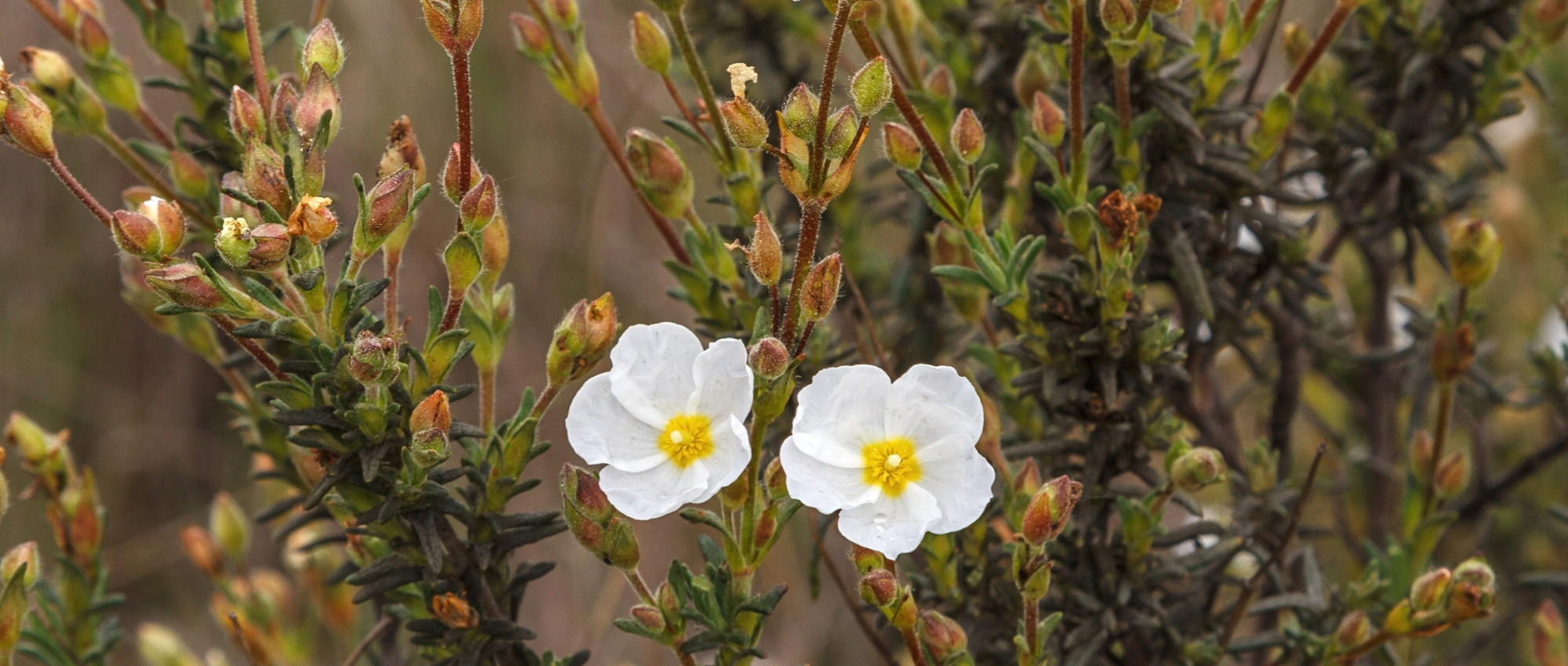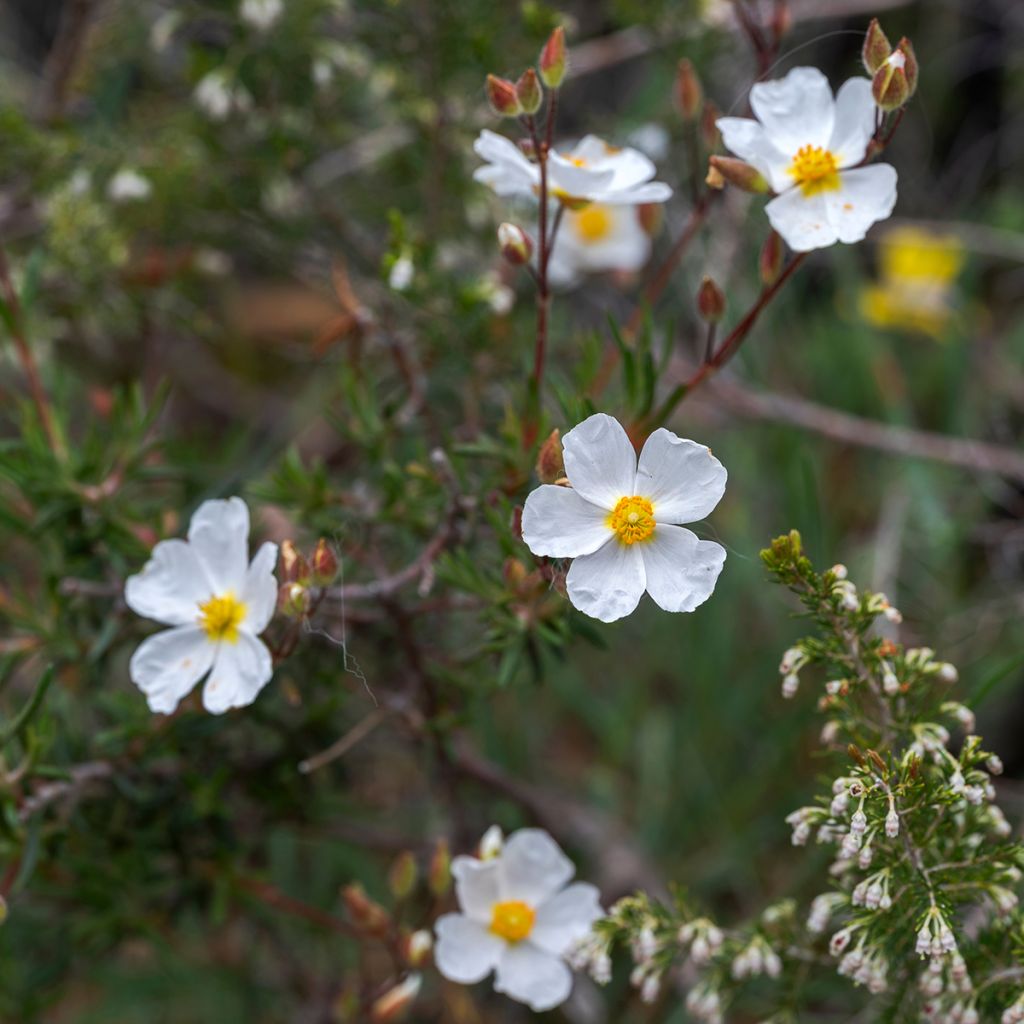

Halimium umbellatum April Snow
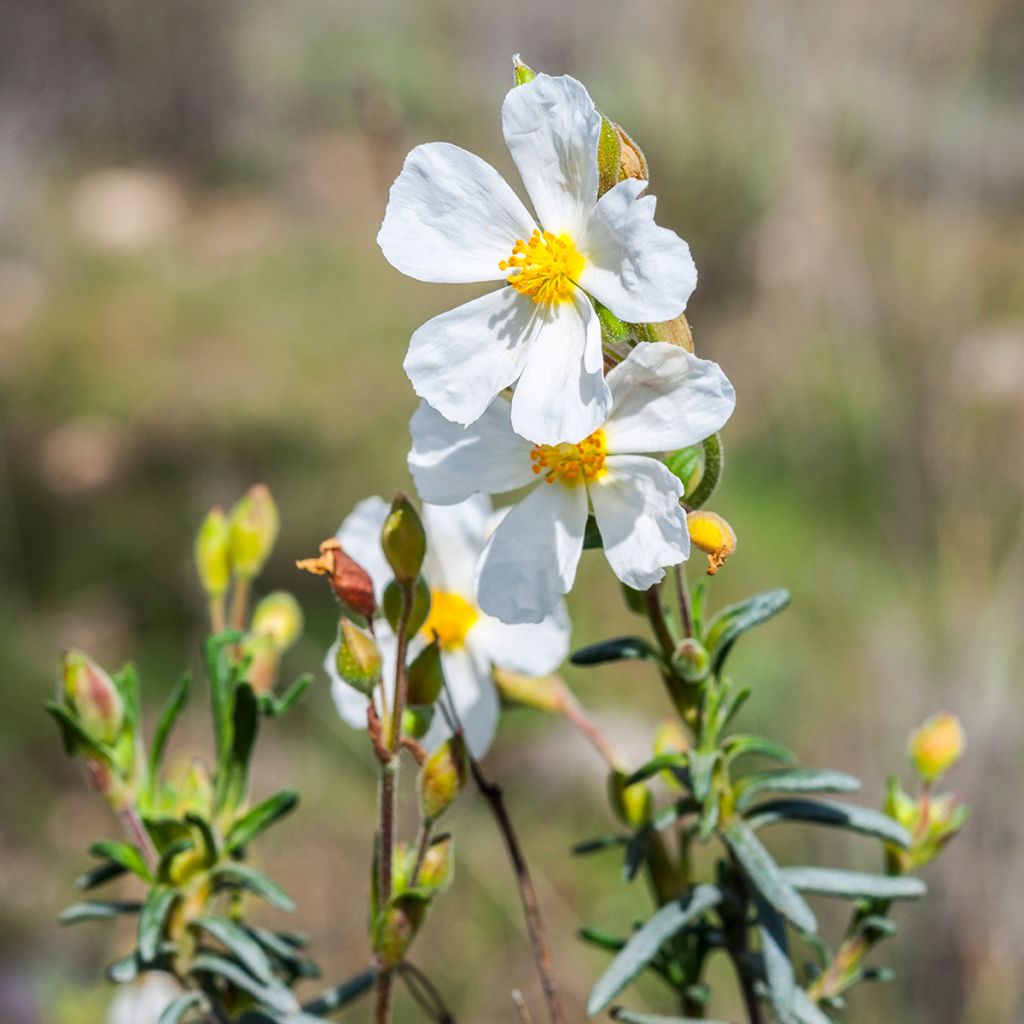

Halimium umbellatum April Snow
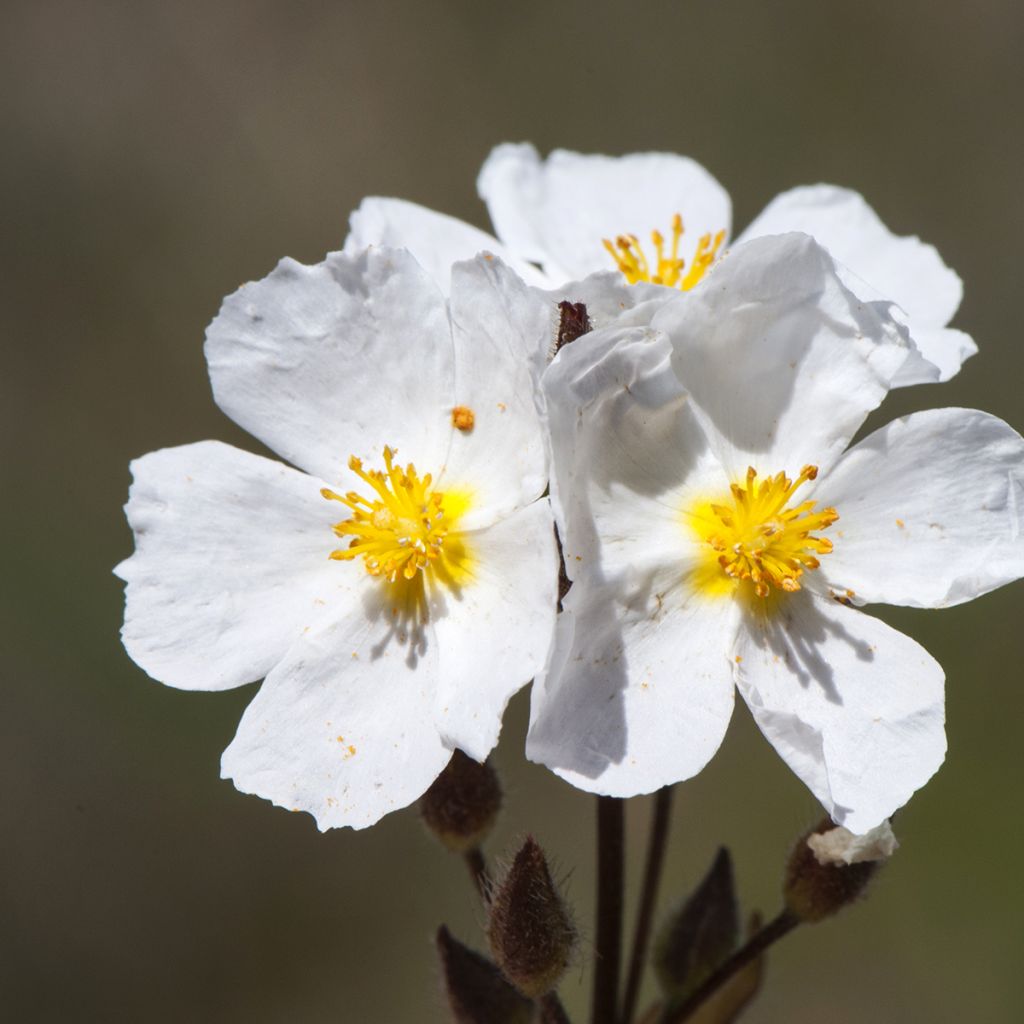

Halimium umbellatum April Snow
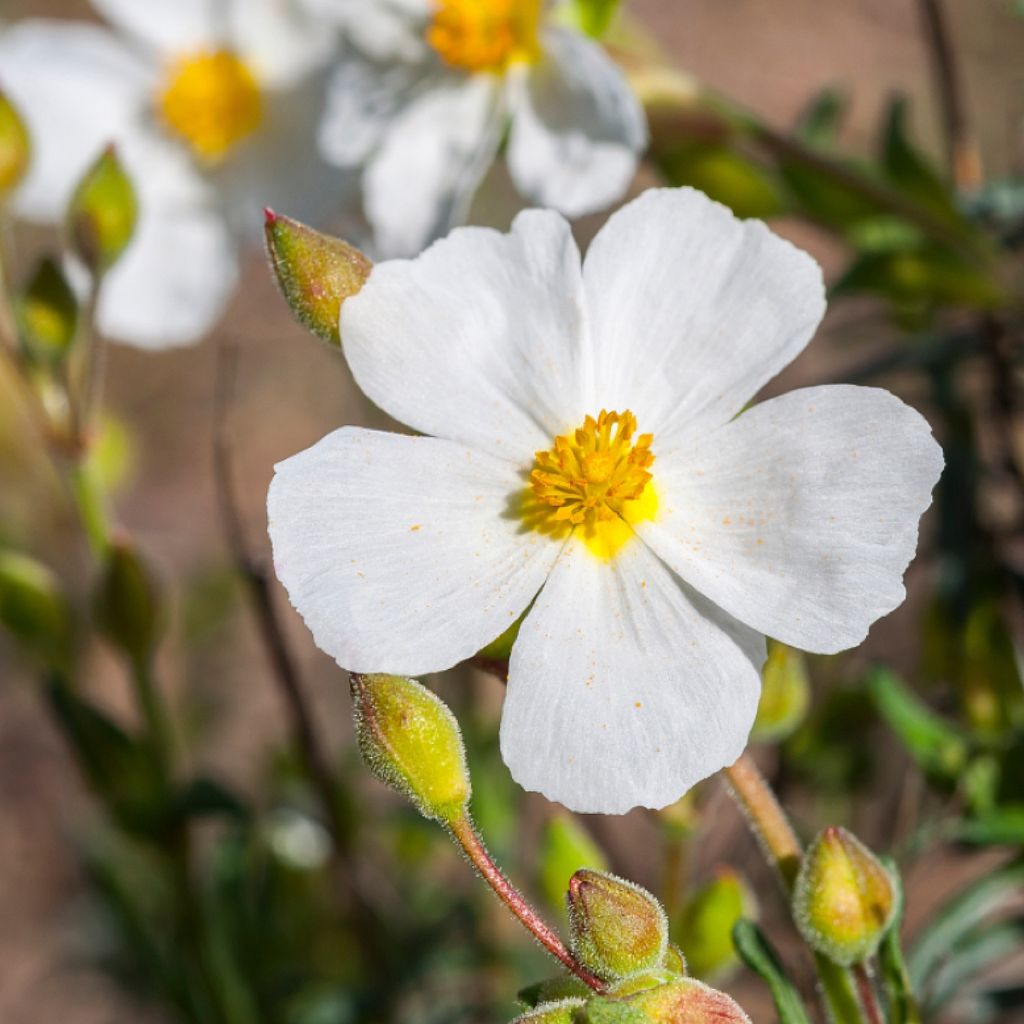

Halimium umbellatum April Snow
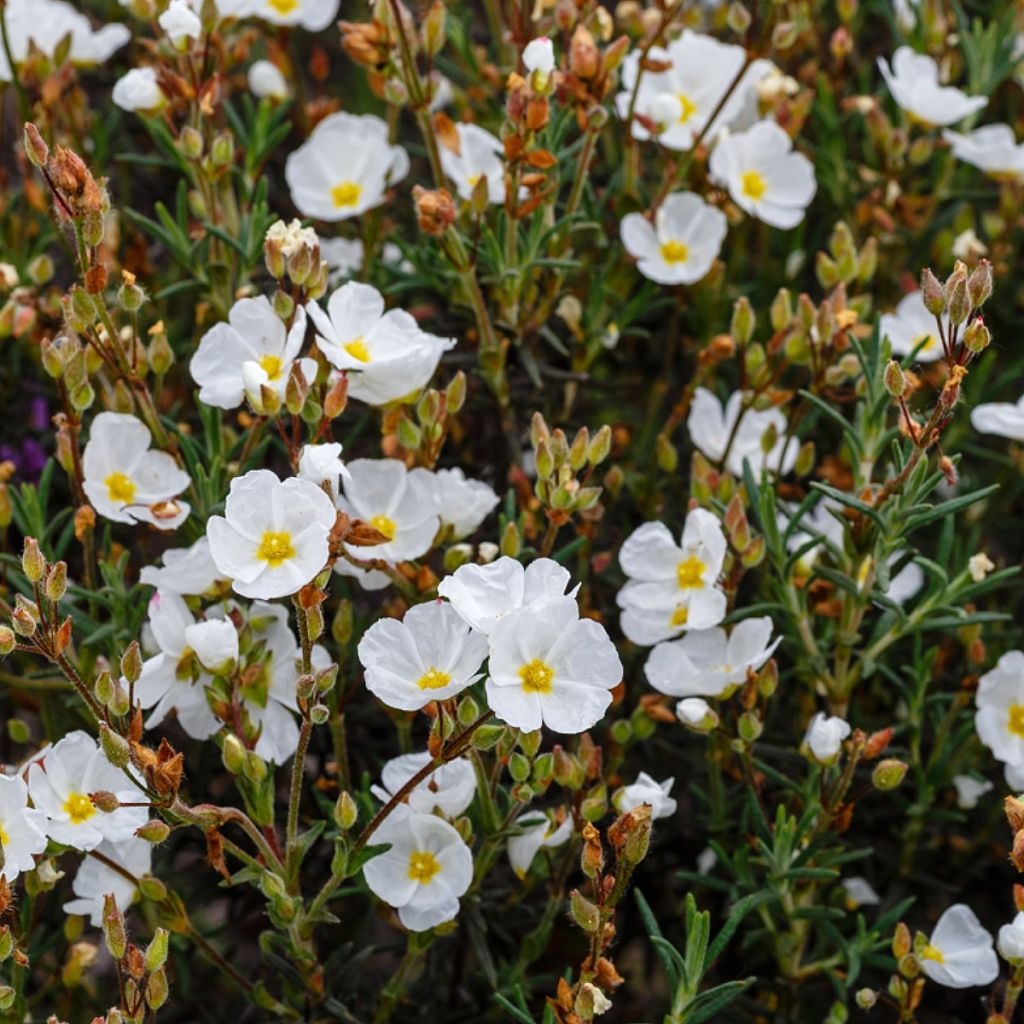

Halimium umbellatum April Snow
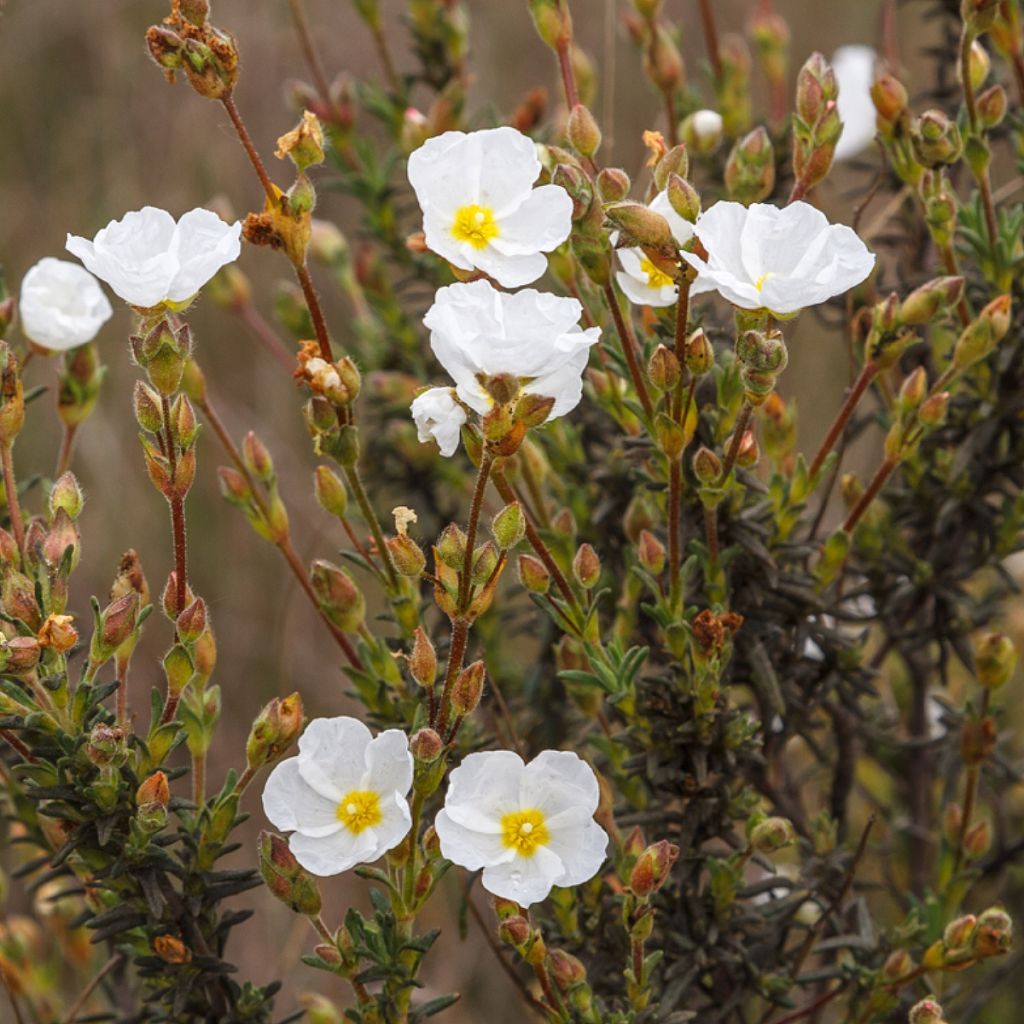

Halimium umbellatum April Snow
Halimium umbellatum April Snow
Halimium umbellatum April Snow®
Rock Rose
Special offer!
Receive a €20 voucher for any order over €90 (excluding delivery costs, credit notes, and plastic-free options)!
1- Add your favorite plants to your cart.
2- Once you have reached €90, confirm your order (you can even choose the delivery date!).
3- As soon as your order is shipped, you will receive an email containing your voucher code, valid for 3 months (90 days).
Your voucher is unique and can only be used once, for any order with a minimum value of €20, excluding delivery costs.
Can be combined with other current offers, non-divisible and non-refundable.
This plant carries a 24 months recovery warranty
More information
We guarantee the quality of our plants for a full growing cycle, and will replace at our expense any plant that fails to recover under normal climatic and planting conditions.
Does this plant fit my garden?
Set up your Plantfit profile →
Description
The Halimium umbellatum April Snow, sometimes called Bouquet Sunflower, is an evergreen shrub from the Mediterranean that is well adapted to poor and dry soils, just like the cistuses and sunflowers to which it is closely related. Bushy and compact, it has a lovely small wooly foliage of grey-green and offers a long and abundant spring to summer flowering that is absolutely charming, in the form of small white cups with golden yellow centres. The flowers of Halimiums are short-lived, but they constantly regenerate themselves from April to September, depending on the climate and soil moisture. These charming and discreet bushes are ideal for rockeries, slopes, or sunny terraces. They can grow in any well-drained soil without excessive limestone, requiring very little water or fertiliser. This variety boasts a stunning bloom from late spring to early summer and pairs beautifully with evergreen foliage.
Halimium umbellatum is also called Cistus umbellatus. It is an undershrub from the cistaceae family, which can be found in the wild in dry meadows or sandy heathlands in Spain, North Africa, and the southwest of France. It reaches an average size of 45 cm (17.7 in) in all directions, more in fertile and moist soil.
'April Snow', not widely cultivated, is a more floriferous selection of this botanical species. The flowering, very abundant and long-lasting, takes place before or outside the period of drought and summer heat, from April to September depending on the climate and soil. Reddish floral buds grow at the end of the branches in clusters, which bloom into small, single flowers that measure 3-4 cm (1.2-1.6 in) across. The flowers have 5 slightly crumpled white petals with a yellow base. The centre of the flower is a beautiful bouquet of yellow-orange stamens. Each flower usually lasts until the late afternoon, shedding its petals on the ground. With countless buds, the plant has a long flowering period. The leaves are evergreen and linear, measuring 2 cm (0.8 in) long, with curled edges similar to rosemary leaves. The leaves are pubescent and almost white when budding but turn dark grey-green when mature. This "cistus" root system is deep and ramified, powerful enough to penetrate between fractured rocks or dry sand to draw the slightest trace of moisture from the depths. The surface roots capture moisture from the soil. The plant's lifespan in the garden varies between 12 and 15 years.
Halimium April Snow is a plant that can grow well in rocky areas and poor soil. It can survive droughts due to its strong and resilient nature. To create a scrubland-like appearance, combine different lavender colours (blue, white, and pink), rosemary (creeping or upright), thymes (such as T.vulgaris and T. polytrichus), salvias (such as Salvia x jamensis or officinalis), oreganos, teucriums (such as T.chamaedrys, T. x lucidrys, and T. hircanicum), Californian poppies, catmints, ballotes, and dryland euphorbias (such as E.characias and E. cyparissias). You can also grow Halimium April Snow in large pots, as long as you ensure adequate drainage and provide abundant but infrequent watering during summer. Allow the soil to dry out completely between watering.
Halimium umbellatum April Snow in pictures
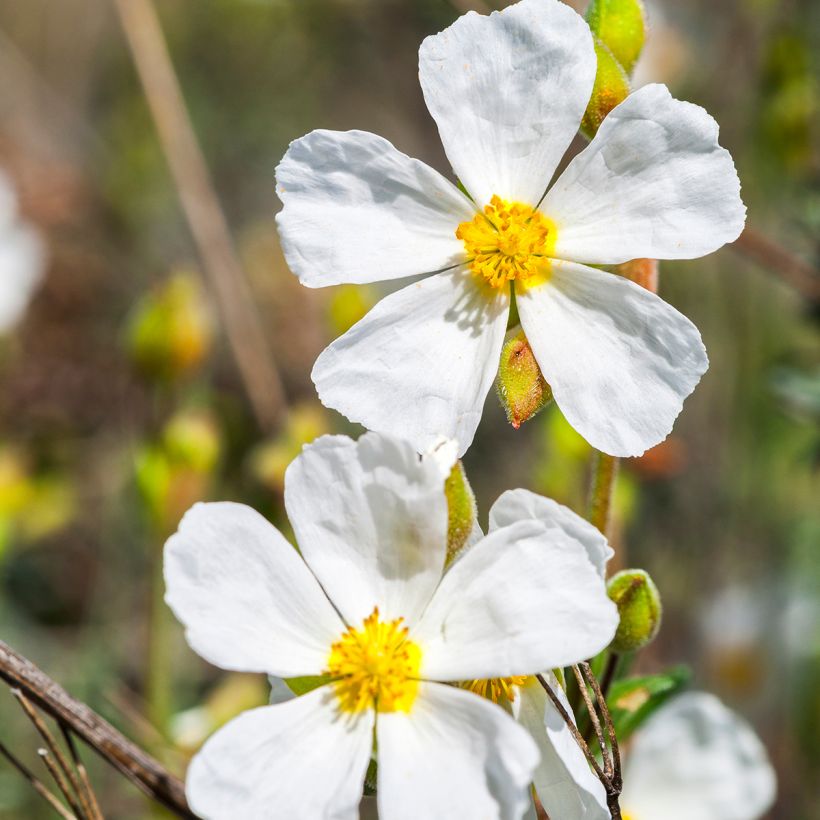

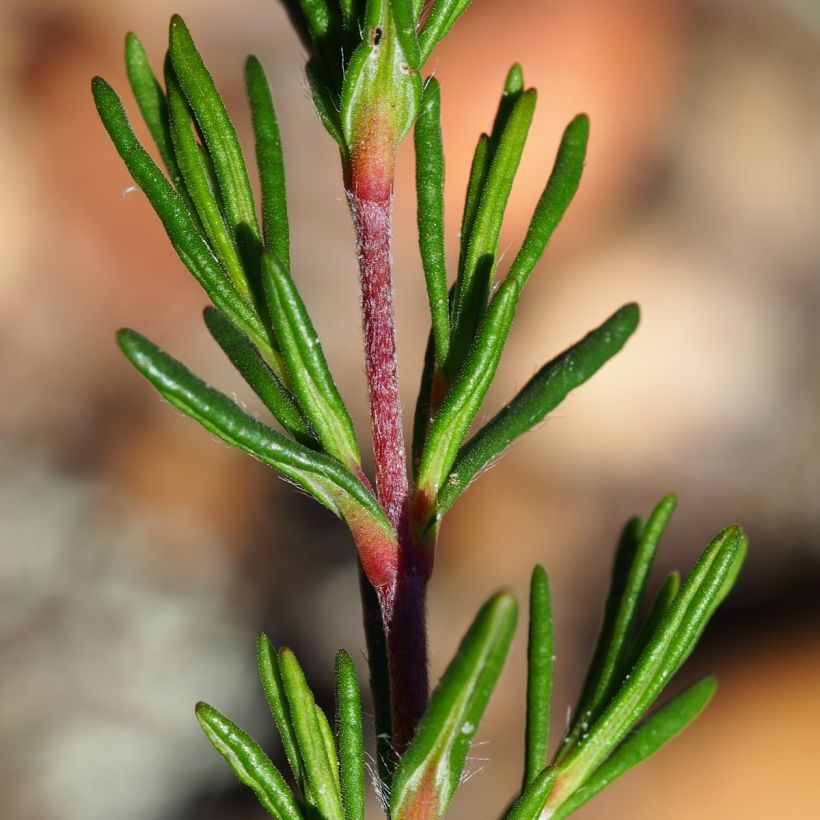

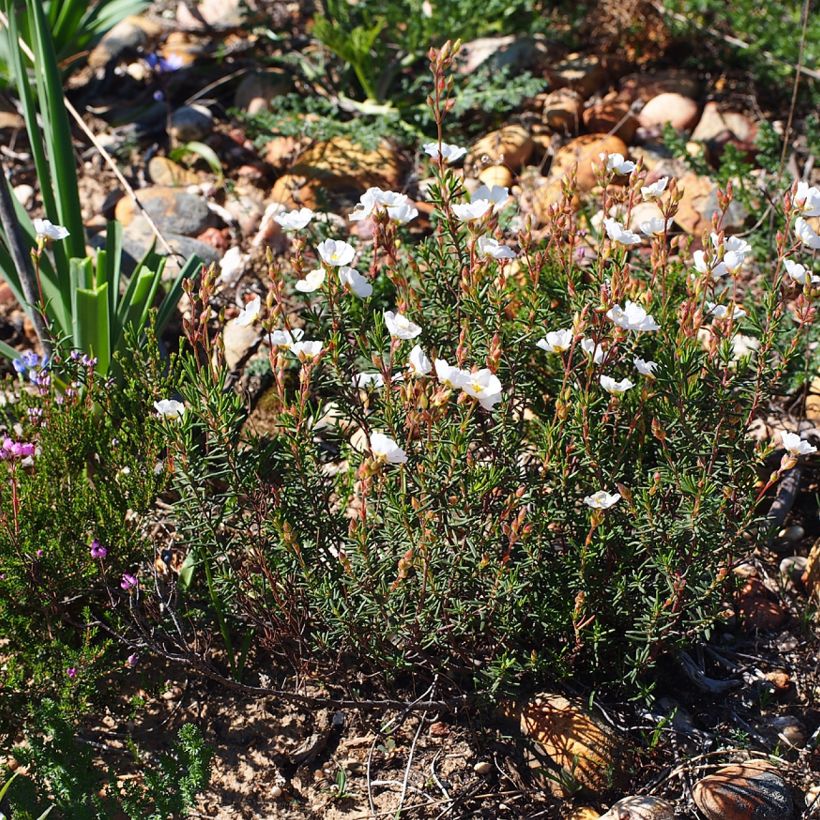

Plant habit
Flowering
Foliage
Botanical data
Halimium
umbellatum
April Snow®
Cistaceae
Rock Rose
Mediterranean
Planting and care
Halimium April Snow is a plant that requires well-drained, stony or sandy soil that is poor, acidic, neutral or slightly calcareous. It should be planted after the last frost in cooler areas and September-October in hot and dry climates. The plant prefers to be in the sun but can tolerate partial shade. However, it is susceptible to icy winds, damaging its flower buds. The plant can survive in temperatures as low as -12 °C (10.4 °F) under these conditions. To help the plant survive in the coldest regions, mulch it in winter and isolate it from the cold as much as possible. It is best to plant it in the warmest corner of the garden, in full sun against a south-facing wall, on a stony or sandy slope, or on any substrate that does not retain moisture, which can be fatal to it in winter. If a combination of heat and excessive humidity occurs, it can develop a fungus that attacks the plant's base and can be fatal. After flowering, lightly prune the stems to encourage the plant to branch out, but avoid severe pruning.
The plant can be propagated by semi-ripe cuttings in autumn.
Planting period
Intended location
Care
Planting & care advice
This item has not been reviewed yet - be the first to leave a review about it.
Haven't found what you were looking for?
Hardiness is the lowest winter temperature a plant can endure without suffering serious damage or even dying. However, hardiness is affected by location (a sheltered area, such as a patio), protection (winter cover) and soil type (hardiness is improved by well-drained soil).

Photo Sharing Terms & Conditions
In order to encourage gardeners to interact and share their experiences, Promesse de fleurs offers various media enabling content to be uploaded onto its Site - in particular via the ‘Photo sharing’ module.
The User agrees to refrain from:
- Posting any content that is illegal, prejudicial, insulting, racist, inciteful to hatred, revisionist, contrary to public decency, that infringes on privacy or on the privacy rights of third parties, in particular the publicity rights of persons and goods, intellectual property rights, or the right to privacy.
- Submitting content on behalf of a third party;
- Impersonate the identity of a third party and/or publish any personal information about a third party;
In general, the User undertakes to refrain from any unethical behaviour.
All Content (in particular text, comments, files, images, photos, videos, creative works, etc.), which may be subject to property or intellectual property rights, image or other private rights, shall remain the property of the User, subject to the limited rights granted by the terms of the licence granted by Promesse de fleurs as stated below. Users are at liberty to publish or not to publish such Content on the Site, notably via the ‘Photo Sharing’ facility, and accept that this Content shall be made public and freely accessible, notably on the Internet.
Users further acknowledge, undertake to have ,and guarantee that they hold all necessary rights and permissions to publish such material on the Site, in particular with regard to the legislation in force pertaining to any privacy, property, intellectual property, image, or contractual rights, or rights of any other nature. By publishing such Content on the Site, Users acknowledge accepting full liability as publishers of the Content within the meaning of the law, and grant Promesse de fleurs, free of charge, an inclusive, worldwide licence for the said Content for the entire duration of its publication, including all reproduction, representation, up/downloading, displaying, performing, transmission, and storage rights.
Users also grant permission for their name to be linked to the Content and accept that this link may not always be made available.
By engaging in posting material, Users consent to their Content becoming automatically accessible on the Internet, in particular on other sites and/or blogs and/or web pages of the Promesse de fleurs site, including in particular social pages and the Promesse de fleurs catalogue.
Users may secure the removal of entrusted content free of charge by issuing a simple request via our contact form.
The flowering period indicated on our website applies to countries and regions located in USDA zone 8 (France, the United Kingdom, Ireland, the Netherlands, etc.)
It will vary according to where you live:
- In zones 9 to 10 (Italy, Spain, Greece, etc.), flowering will occur about 2 to 4 weeks earlier.
- In zones 6 to 7 (Germany, Poland, Slovenia, and lower mountainous regions), flowering will be delayed by 2 to 3 weeks.
- In zone 5 (Central Europe, Scandinavia), blooming will be delayed by 3 to 5 weeks.
In temperate climates, pruning of spring-flowering shrubs (forsythia, spireas, etc.) should be done just after flowering.
Pruning of summer-flowering shrubs (Indian Lilac, Perovskia, etc.) can be done in winter or spring.
In cold regions as well as with frost-sensitive plants, avoid pruning too early when severe frosts may still occur.
The planting period indicated on our website applies to countries and regions located in USDA zone 8 (France, United Kingdom, Ireland, Netherlands).
It will vary according to where you live:
- In Mediterranean zones (Marseille, Madrid, Milan, etc.), autumn and winter are the best planting periods.
- In continental zones (Strasbourg, Munich, Vienna, etc.), delay planting by 2 to 3 weeks in spring and bring it forward by 2 to 4 weeks in autumn.
- In mountainous regions (the Alps, Pyrenees, Carpathians, etc.), it is best to plant in late spring (May-June) or late summer (August-September).
The harvesting period indicated on our website applies to countries and regions in USDA zone 8 (France, England, Ireland, the Netherlands).
In colder areas (Scandinavia, Poland, Austria...) fruit and vegetable harvests are likely to be delayed by 3-4 weeks.
In warmer areas (Italy, Spain, Greece, etc.), harvesting will probably take place earlier, depending on weather conditions.
The sowing periods indicated on our website apply to countries and regions within USDA Zone 8 (France, UK, Ireland, Netherlands).
In colder areas (Scandinavia, Poland, Austria...), delay any outdoor sowing by 3-4 weeks, or sow under glass.
In warmer climes (Italy, Spain, Greece, etc.), bring outdoor sowing forward by a few weeks.






























